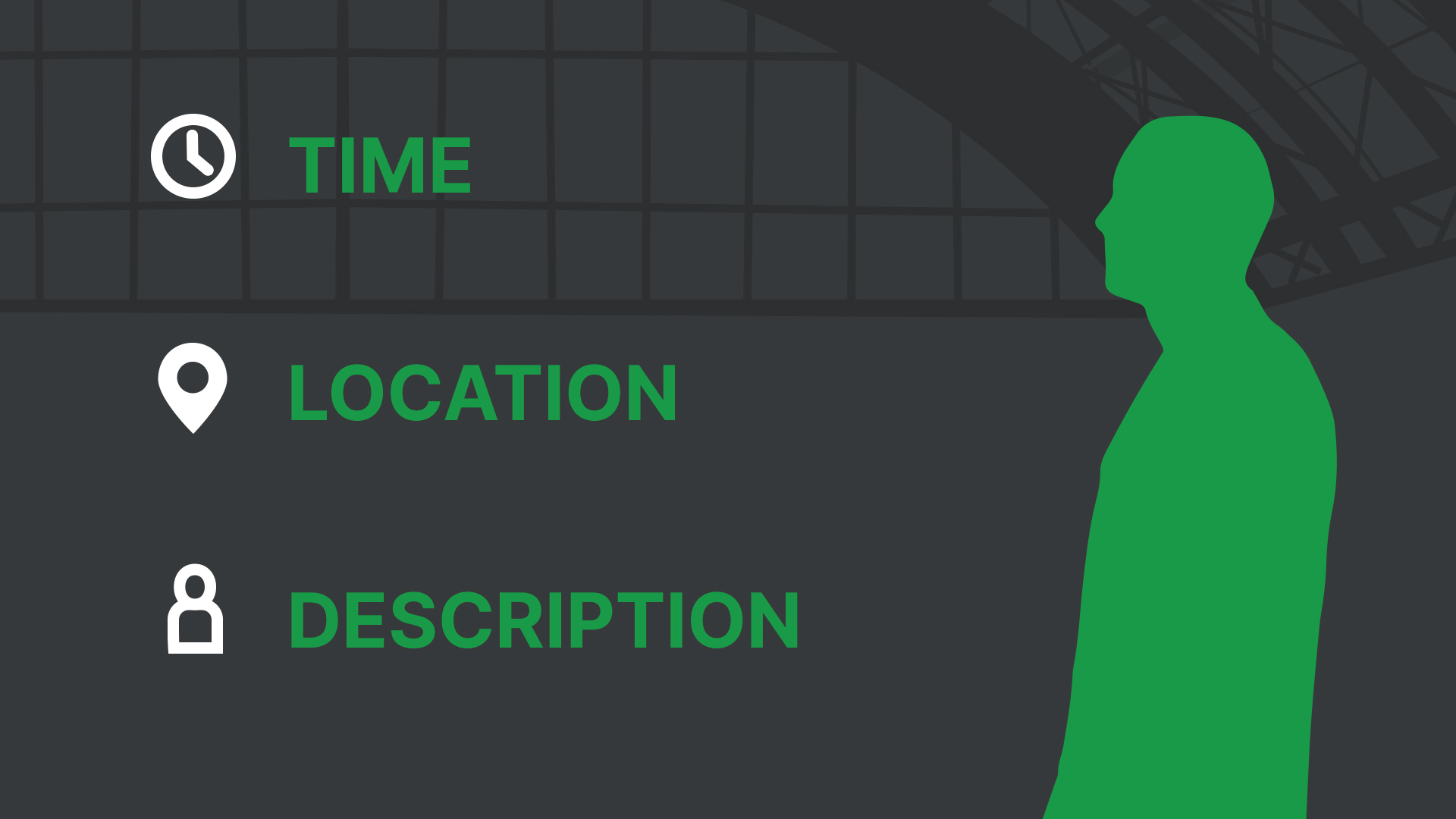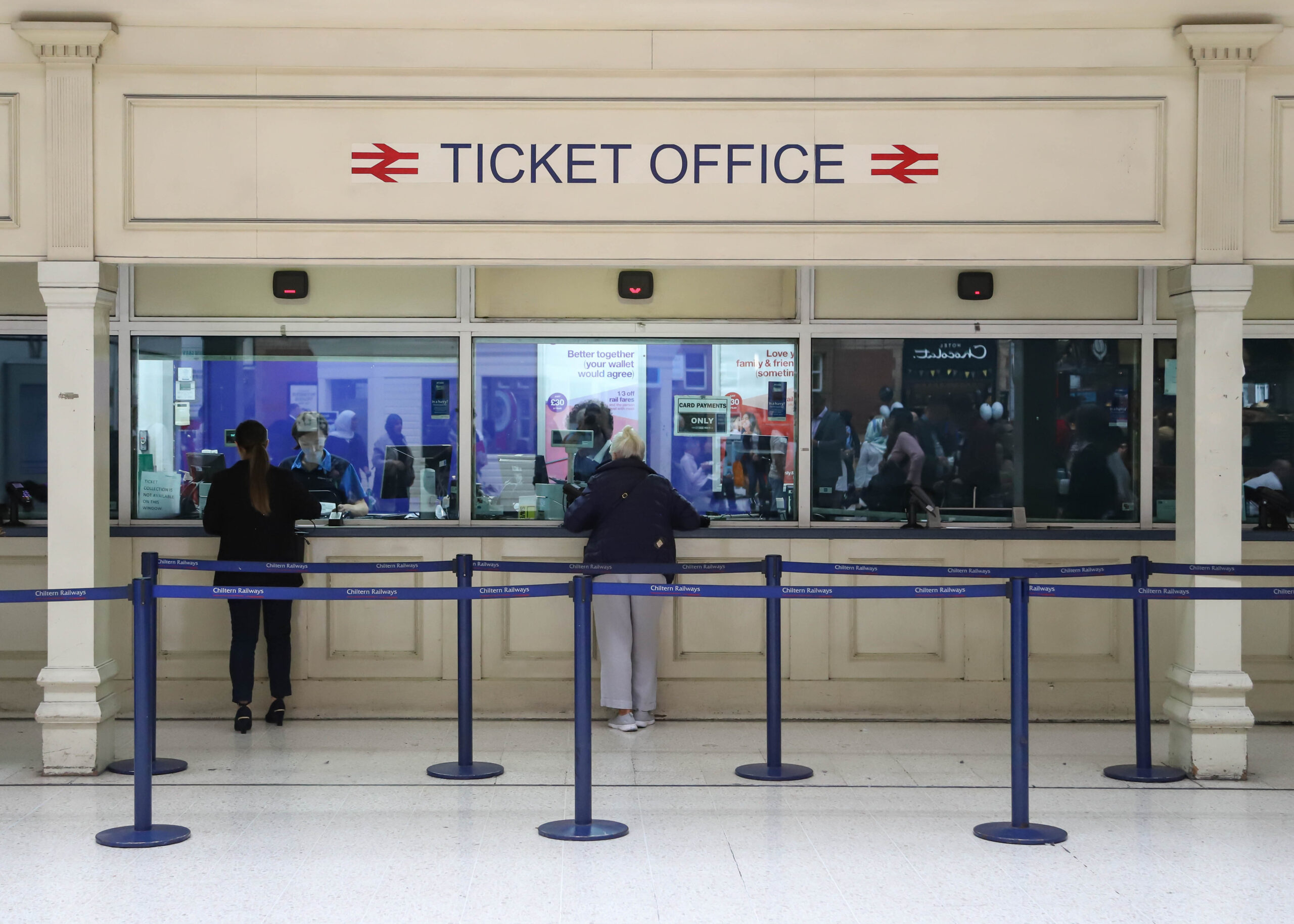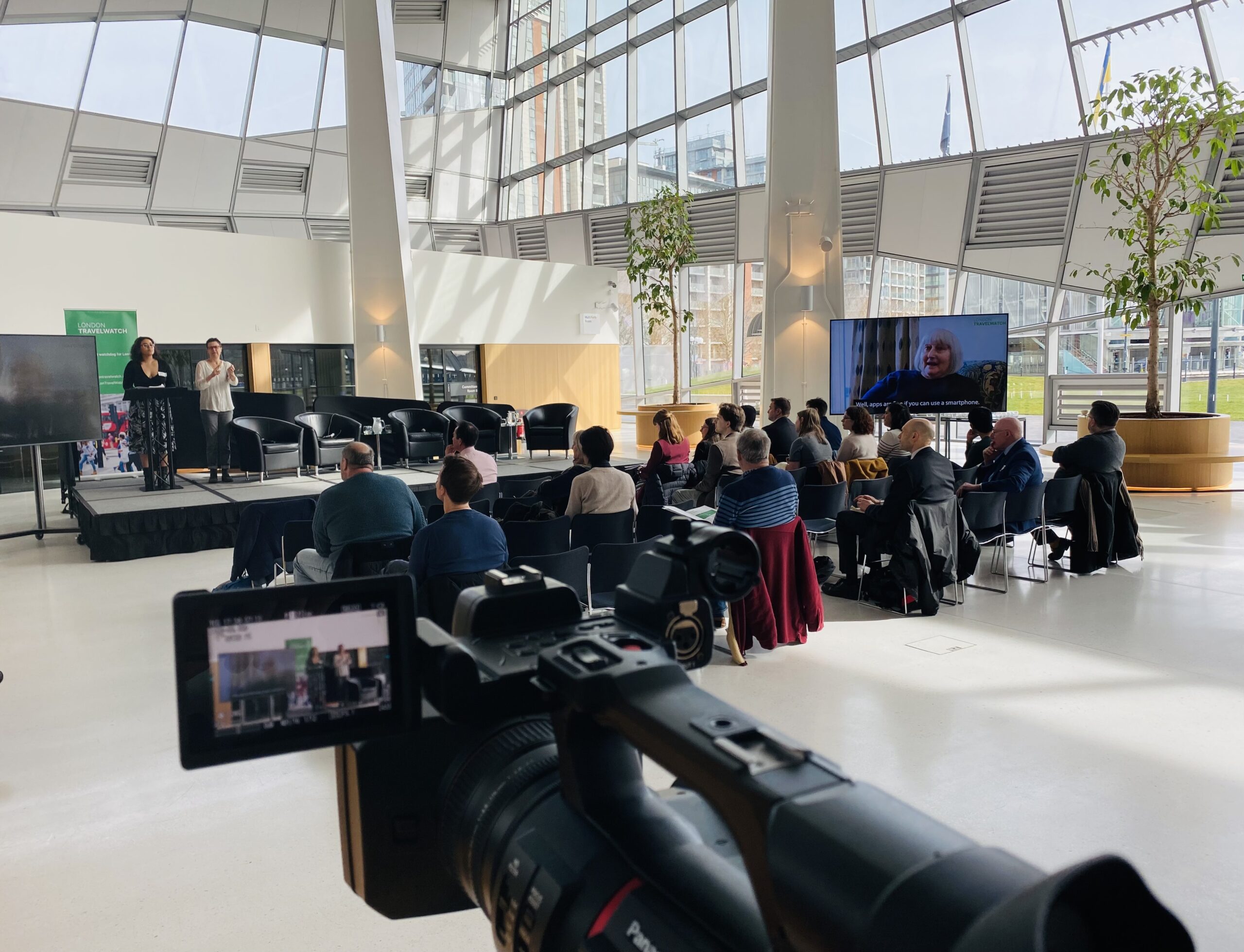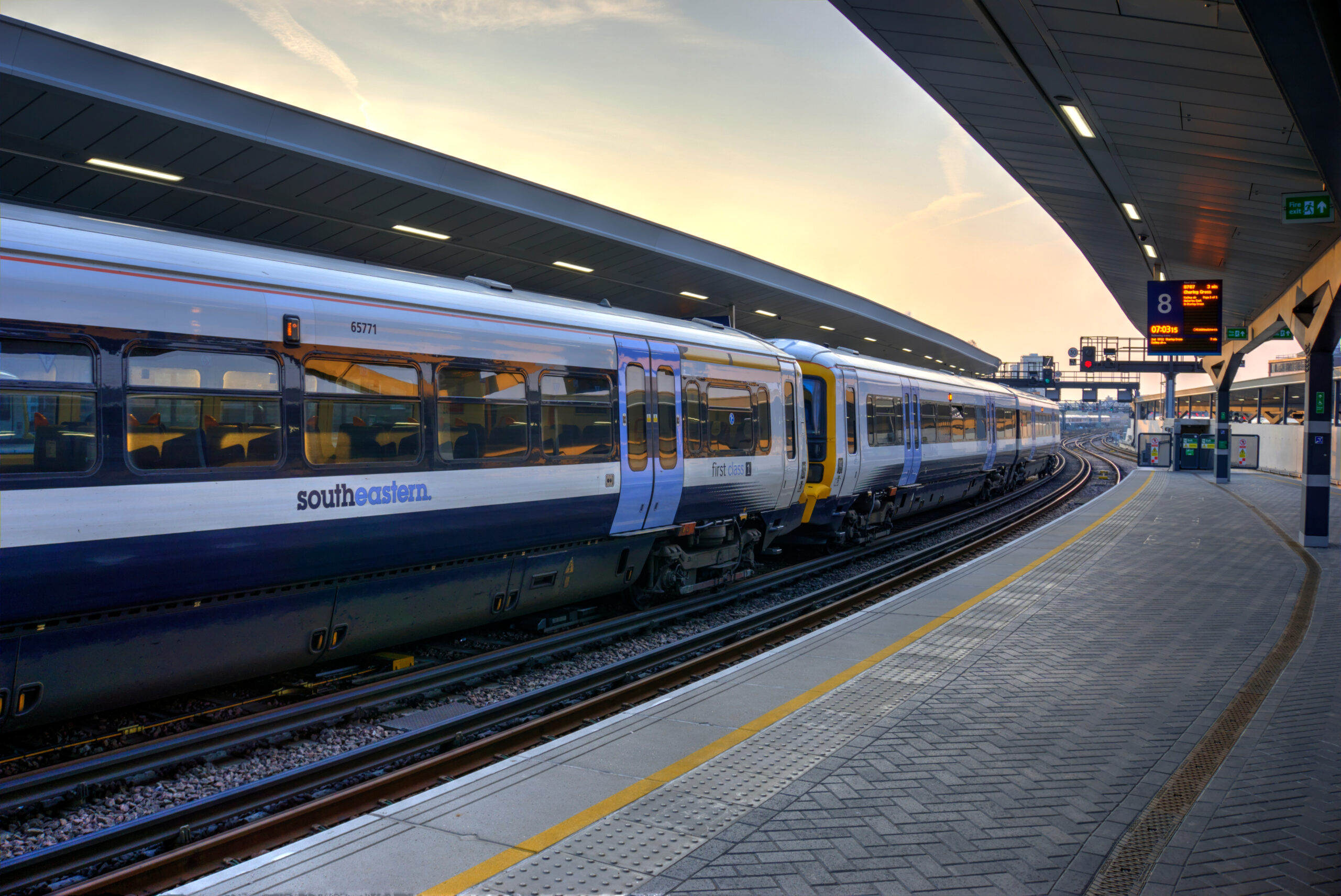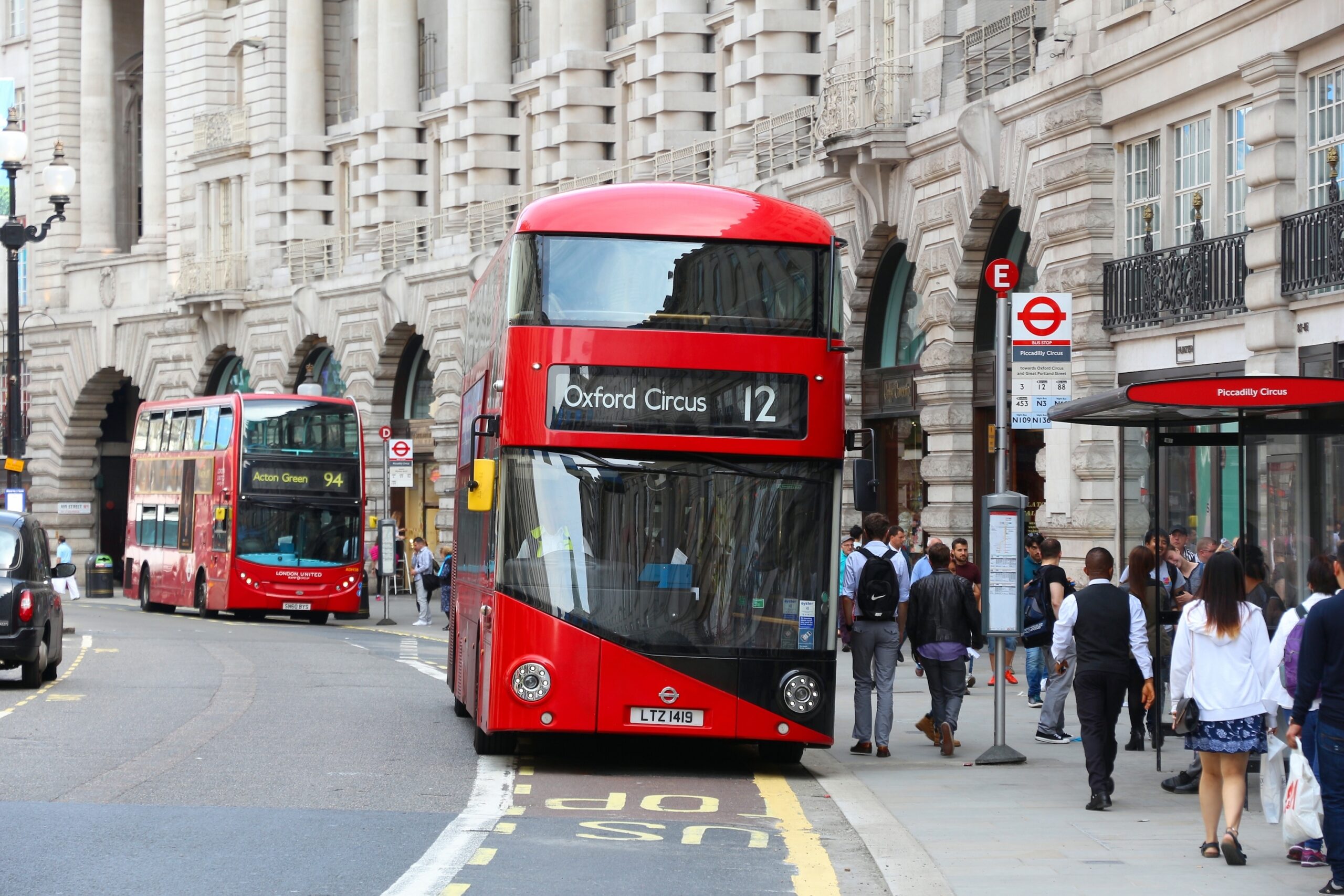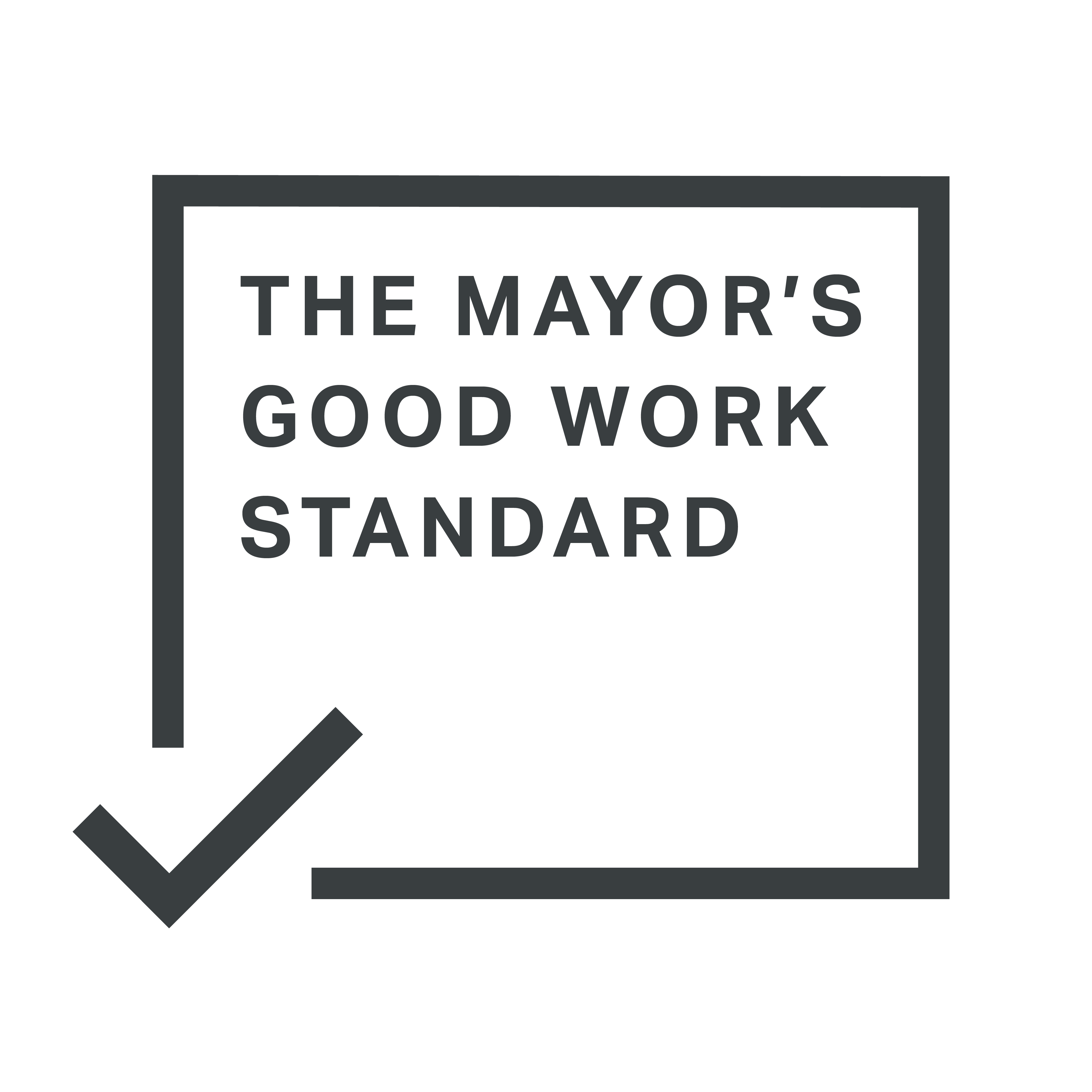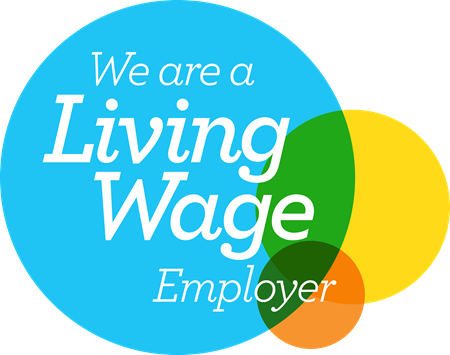14 February 2022
Last week, we launched a video sharing some practical tips for good bystander behaviour, so people travelling in London know what to do if they see a crime happening on public transport.
Why have we done this?
Have you ever been in a situation where you’ve seen someone being abused or harassed when travelling around London? If you have, you’re not alone! Our latest research showed that many people just wouldn’t know how to help if they saw this kind of behaviour happening. This is despite the fact that bystander action is really important to help catch harassers and stop crimes happening on public transport.
This week it is Sexual Abuse and Sexual Violence Awareness Week, a good opportunity to raise awareness of the lack of safety many women face across society. Our video shows the sorts of things that count as sexual harassment, and what other passengers can do to be active bystanders in the moment or afterwards.
Wait a minute – what’s an ‘active bystander’?
Active bystanders are people who witness or are nearby when a crime or incident happens, and choose to help the victim in the moment, or after. This can be done in different ways depending on the situation. If it’s an emergency, like a fight or violence for example, you should call the police on 999. Active bystanders can also report or provide information to help find and identify people who commit crimes. Sometimes it might even be safe to intervene or help the victim.
So what can people do to help?
Millions of Londoners rely on public transport to get around the city every day and it’s likely that we’ll all see a crime or incident unfold before our eyes at some time or other. But despite most people being willing to help, 63% of people told us they would feel more confident in responding to a crime or incident if they had more information about how to do so.
This is what you can do to help:
- In an emergency get help by calling 999, speaking to staff or finding an emergency help point.
- If you think it’s safe, you could stand in the way and ignore the harasser. Ask the victim if they’re ok or chat about something unrelated. Or you could ask another passenger for help.
- If you think it’s safe you could film or photograph the incident from a distance. Make a note of the time, location and a description of the offender.
- If you’re on a bus or tram text 101 or if you’re on a tube or train text 61016 – it’s worth saving these numbers to your phone.
What happens next?
We want TfL, the police and transport companies to go further. We want even clearer guidance so people know how to safely challenge unacceptable behaviour when they are on public transport, know how to report it and provide practical support to other passengers.
We’re going to keep pressing the transport industry to do better to communicate advice to the public so we can all help make transport safer in London.
Our full recommendations can viewed on page 19 of our report. You can find out more advice about what sexual harassment is and how to be a good bystander on rail and TfL services here: About – Zero Tolerance (nationalrail.co.uk) and Tackling sexual harassment on the network – Made by TfL

